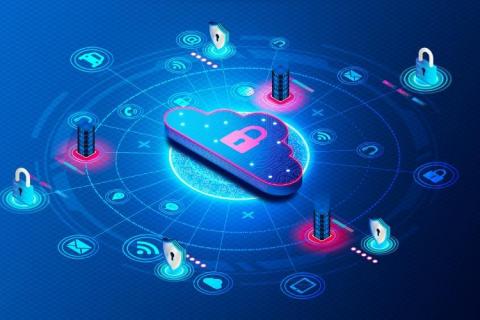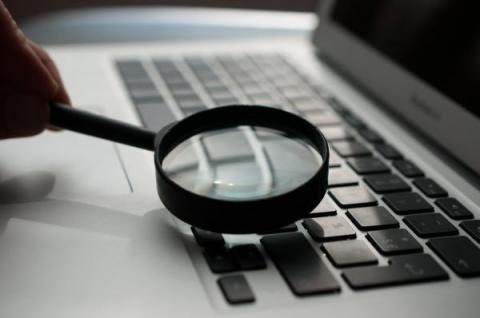Solving False Positive EDR Alerts
Endpoint Detection and Response (EDR) alerts are what happens when an EDR system decides that event data from an agent installed on an endpoint, or several endpoints, shows a potential threat. This doesn’t mean that every EDR alert is a malicious event in progress. Many are “false positives” or malicious behaviour that is actually not a threat.











